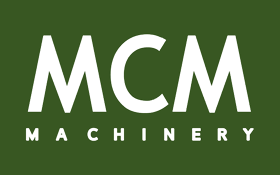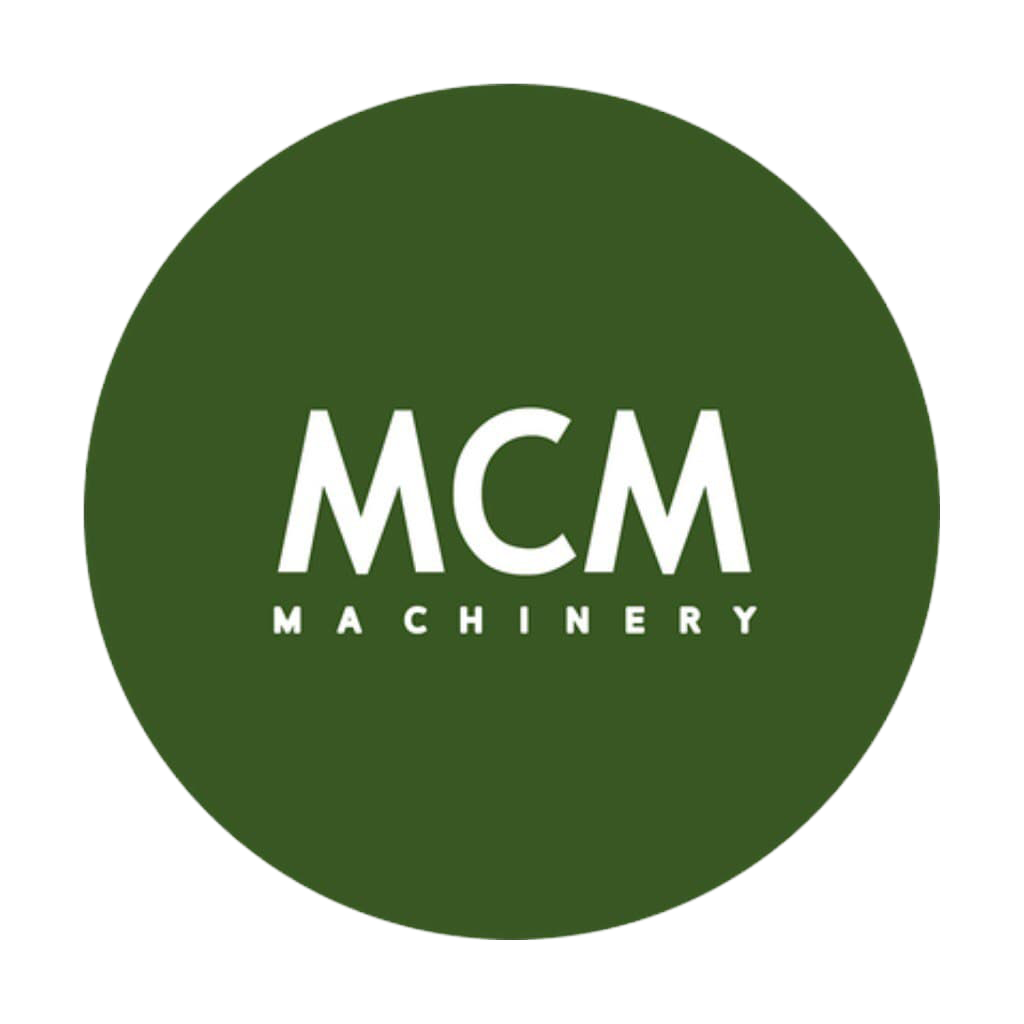- No product in the cart.
Roof racks are a valuable addition to any vehicle, offering increased storage space and flexibility for varied types of gear, from bikes and kayaks to baggage and camping equipment. However, with the wide variety of roof racks available on the market, choosing the right one generally is a challenging decision. Understanding the pros and cons of various types of roof racks is essential to making an informed choice that suits your needs and vehicle. Below, we discover the key types of roof racks, their advantages, and potential drawbacks.
1. Naked Roof Racks
Pros:
– Versatility: Bare roof racks, often referred to as universal or naked roof racks, are designed for vehicles without current roof rails or tracks. They offer a versatile answer, fitting most vehicles with no factory-installed mounting points.
– Affordable: These racks are generally more affordable compared to specialized racks designed for vehicles with pre-installed mounting systems. They are an excellent option for budget-acutely aware buyers.
– Ease of Set up: Many naked roof racks are designed for quick installation, with minimal tools required. This comfort is a serious advantage for individuals who need a easy, short-term setup.
Cons:
– Aesthetic Impact: Bare roof racks can generally look bulky or misplaced, especially on vehicles not initially designed for roof racks. This can affect the general aesthetics of your car.
– Limited Load Capacity: Since they do not anchor into pre-current mounts, naked roof racks might have a lower load capacity compared to other types, limiting the amount and type of drugs you may carry.
2. Factory-Put in Roof Rails
Pros:
– Customized Fit: Factory-installed roof rails are designed specifically in your vehicle, ensuring an ideal fit and seamless integration with the automobile’s design.
– High Load Capacity: These racks often have higher load capacities because they’re engineered to work with the vehicle’s structure, making them splendid for heavier loads or more demanding applications, such as carrying kayaks, canoes, or rooftop tents.
– Enhanced Security: Factory rails are normally more secure, with less probability of movement or slippage, which is particularly vital for long trips or when carrying expensive equipment.
Cons:
– Higher Price: The personalized fit and higher quality supplies usually imply that factory-installed roof rails come with a higher value tag. Additionally, buying a vehicle with factory rails as an option can increase the general cost.
– Limited Options: While factory rails are highly functional, they’ll limit your selection in accessories and add-ons. Not all third-party racks or carriers will fit completely, which can prohibit your options.
3. Raised Roof Rails
Pros:
– Ease of Accessory Attachment: Raised roof rails allow for a wide number of crossbars and accessories to be simply attached. This versatility is a key benefit for customers who have to switch between different types of drugs, similar to bike racks and cargo boxes.
– Good Load Capacity: Raised roof rails provide a robust base for carrying heavier loads, much like factory-put in rails, making them suitable for quite a lot of out of doors activities.
Cons:
– Wind Resistance and Noise: Raised rails can create more wind resistance and noise, particularly at higher speeds. This can reduce fuel effectivity and add to the overall driving noise.
– Aesthetic Considerations: Raised rails can generally be more visually prominent than different types of racks, which may not be desirable for all vehicle owners.
4. Flush Roof Rails
Pros:
– Sleek Design: Flush roof rails are more integrated into the vehicle’s design, offering a more streamlined and aesthetically pleasing look compared to raised rails.
– Aerodynamic: Their low-profile design reduces wind resistance and noise, which can improve fuel effectivity and provide a quieter ride.
Cons:
– Limited Accessory Compatibility: Flush rails could be more challenging to work with when attaching sure types of crossbars or accessories, limiting your options for gear carriers.
– Complex Installation: Installing accessories on flush rails might require more time and effort, particularly for those unfamiliar with the system.
5. Track Mounts
Pros:
– High Customization: Track mounts supply a high degree of customization, allowing customers to adjust the position of the crossbars along the tracks to accommodate totally different types of loads.
– Energy and Stability: Track mounts are often more robust, providing excellent support for heavy or awkwardly formed items, making them perfect for serious out of doors enthusiasts.
Cons:
– Advanced Set up: Installing track mounts may be more advanced and time-consuming compared to other types of racks. Professional set up could also be required, adding to the general cost.
– Everlasting Modification: Track mounts typically require drilling into the vehicle’s roof, which is a permanent modification. This can have an effect on the vehicle’s resale worth and will not be desirable for all owners.
Conclusion
When choosing a roof rack, it’s important to consider factors such as the type of vehicle you own, the particular gear you plan to carry, and your budget. Each type of roof rack has its own set of advantages and disadvantages, making it essential to weigh these towards your personal needs. By carefully considering these elements, you possibly can choose the roof rack that greatest suits your lifestyle and ensures a safe, efficient, and enjoyable travel experience.
Should you loved this post and you would want to receive much more information regarding Toyota Hilux Roof Rack please visit our website.

